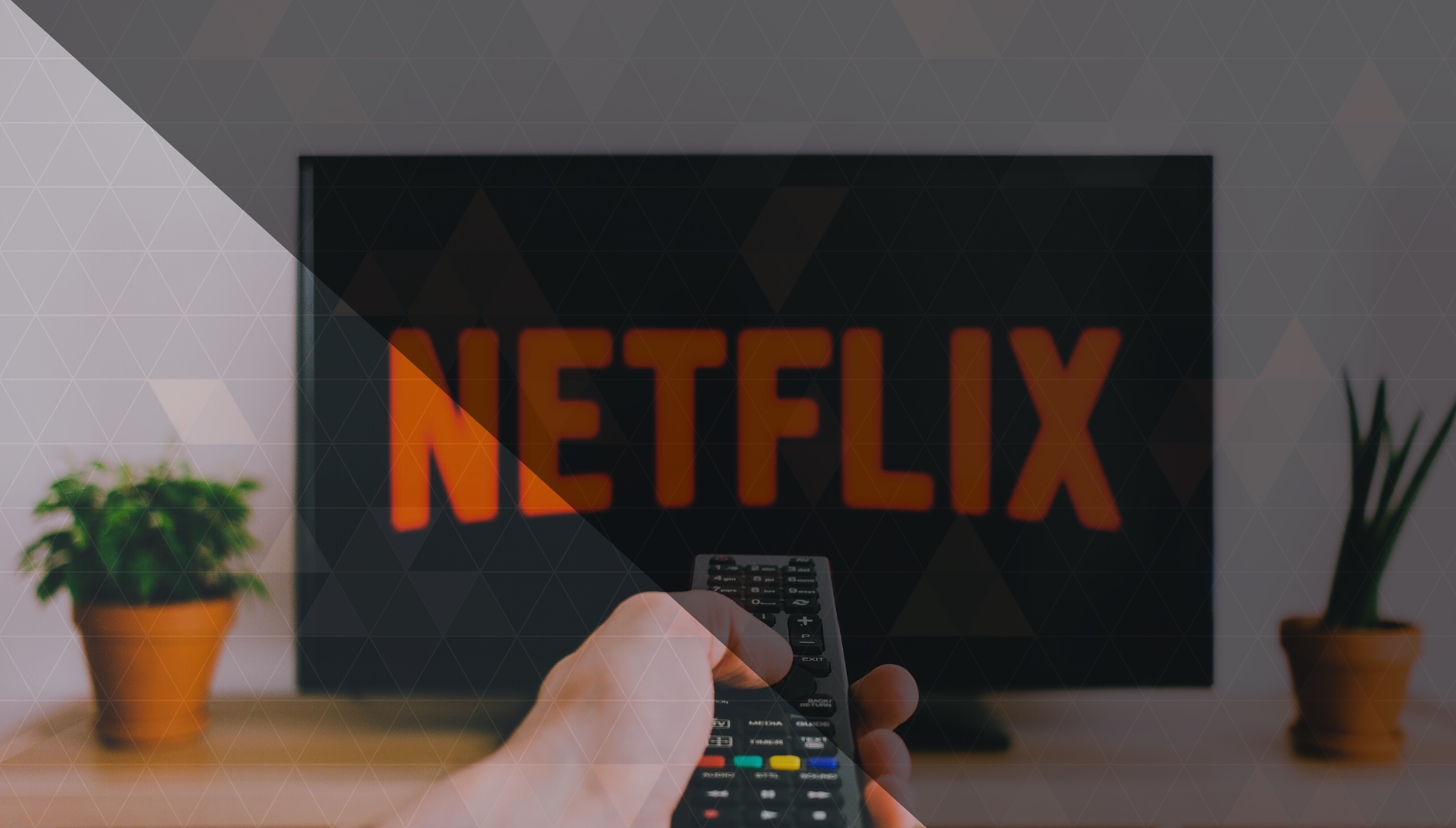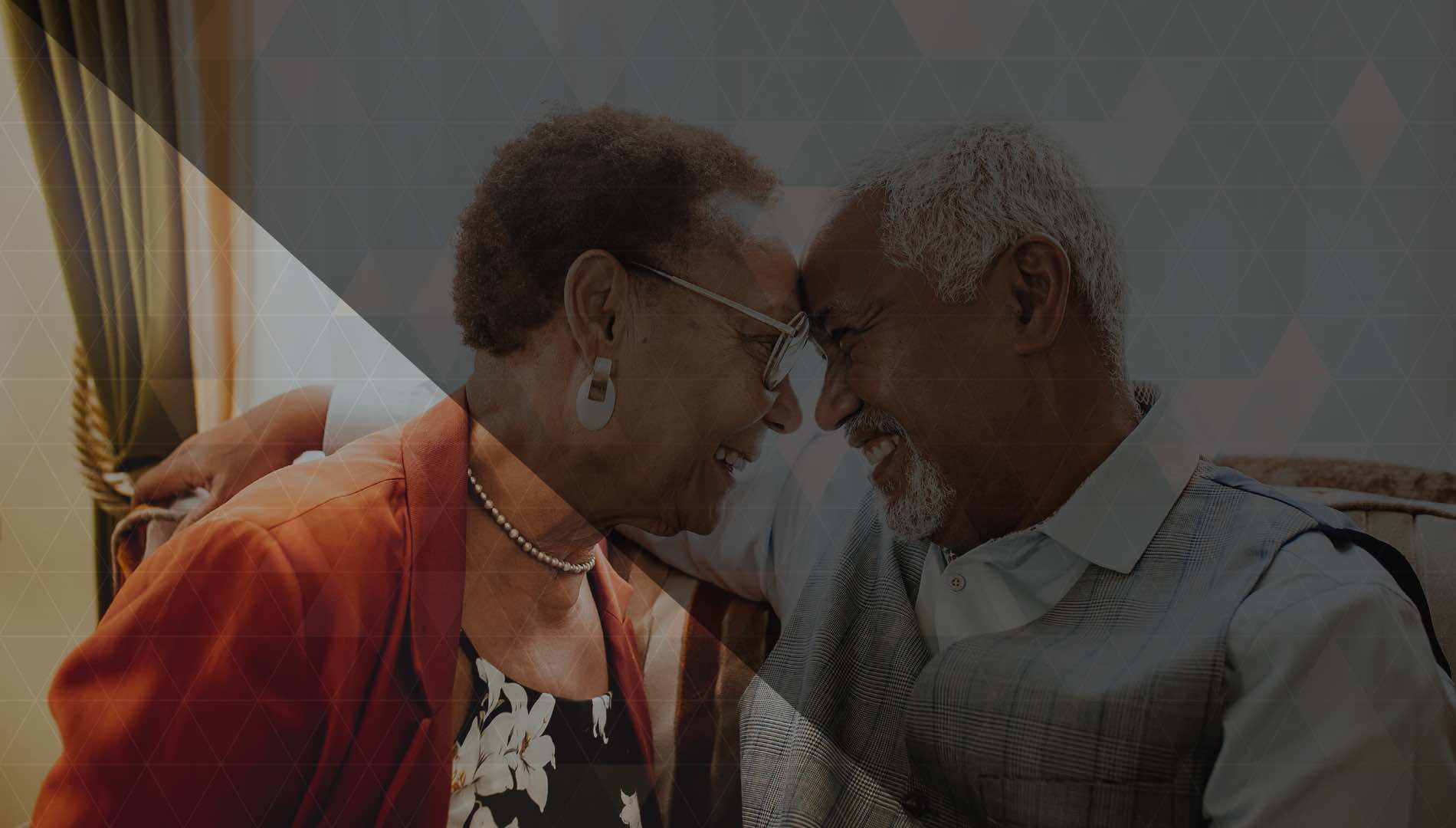As hoteliers, it’s important to stay up-to-date with the latest in hospitality technology. High-definition (HD) and 4K televisions have become increasingly popular among guests and providing such advanced entertainment solutions ensures customer satisfaction and loyalty. However, integrating television content in hotel entertainment solutions requires careful planning and execution to guarantee a seamless and efficient guest experience. In this blog post, we’ll outline the steps you can take to incorporate HD and 4K television content in your hotel entertainment solutions.

.jpg)





.jpeg)

